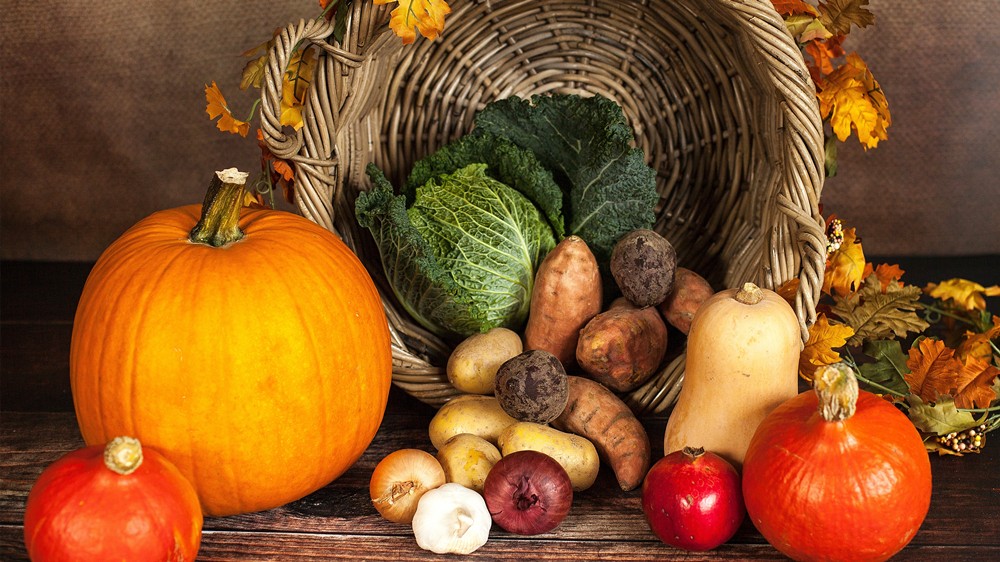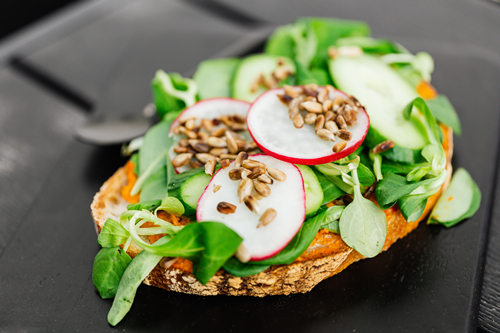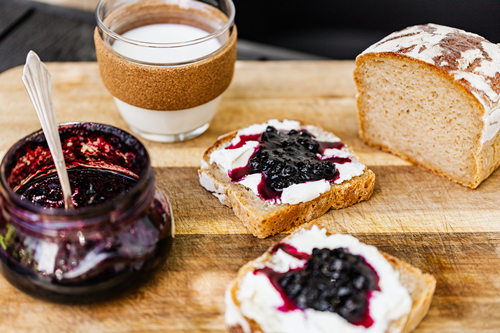
A Little Change for The Diapers, A Big Change for The World | Eco Boom Baby Bamboo Diapers and Wipes Manufacturer
A Little Change for The Diapers, A Big Change for The World | Eco Boom Baby Bamboo Diapers and Wipes Manufacturer

A balanced diet is one that fulfills all of a person’s nutritional needs.
What is a balanced diet?
A balanced diet is one that fulfills all of a person’s nutritional needs. Humans need a certain amount of calories and nutrients to stay healthy. Eating a balanced diet helps people maintain good health and reduce their risk of disease.
A balanced diet provides all the nutrients a person requires, without going over the recommended daily calorie intake and avoid eating junk food, or food without nutritional value.
The United States Department of Agriculture (USDA) used to recommend following a food pyramid. However, as nutritional science has changed, they now recommend eating foods from the five groups and building a balanced plate.



The five food groups
A healthful, balanced diet includes foods from these five groups:
vegetables
fruits
grains
protein
Dairy
Vegetables
The vegetable group includes five subgroups:
leafy greens
red or orange vegetables
starchy vegetables
beans and peas (legumes)
other vegetables, such as eggplant or zucchini
To get enough nutrients and keep dietary boredom at bay, people should choose a variety of vegetables. People may enjoy vegetables raw or cooked. However, it is important to remember that cooking vegetables removes some of their nutritional value. Also, some methods, such as deep-frying, can add unhealthful fats to a dish.
Fruits
A balanced diet also includes plenty of fruit. Instead of getting fruit from juice, nutrition experts recommend eating whole fruits. Juice contains fewer nutrients. Also, the manufacturing process often adds empty calories due to added sugar. People should opt for fresh or frozen fruits, or fruits canned in water instead of syrup.
Grains
There are two subgroups: whole grains and refined grains.
Whole grains include all three parts of the grain, which are the bran, germ, and endosperm. The body breaks down whole grains slowly, so they have less effect on a person’s blood sugar. Additionally, whole grains tend to contain more fiber and protein than refined grains.Refined grains are processed and do not contain the three original components. Refined grains also tend to have less protein and fiber, and they can cause blood sugar spikes.
Grains used to form the base of the government-approved food pyramid, meaning that most of a person’s daily caloric intake came from grains. However, the updated guidelines suggest that grains should make up only a quarter of a person’s plate.
Protein
A Guideline states that all people should include nutrient-dense protein as part of their regular diet and this protein should make up a quarter of a person’s plate.
Nutritious protein choices include:
lean beef and pork
chicken and turkey
fish
beans, peas, and legumes
Dairy
Dairy and fortified soy products are a vital source of calcium.
Low-fat dairy and soy products include:
ricotta or cottage cheese
low-fat milk
yogurt
soy milk
People who are lactose intolerant can opt for low-lactose or lactose-free products, or choose soy-based sources of calcium and other nutrients.



Copyright © 2019 XIAMEN MK HEALTH CARE PRODUCT CO., LTD . | All Rights Reserved
We are here to help you! If you close the chatbox, you will automatically receive a response from us via email. Please be sure to leave your contact details so that we can better assist